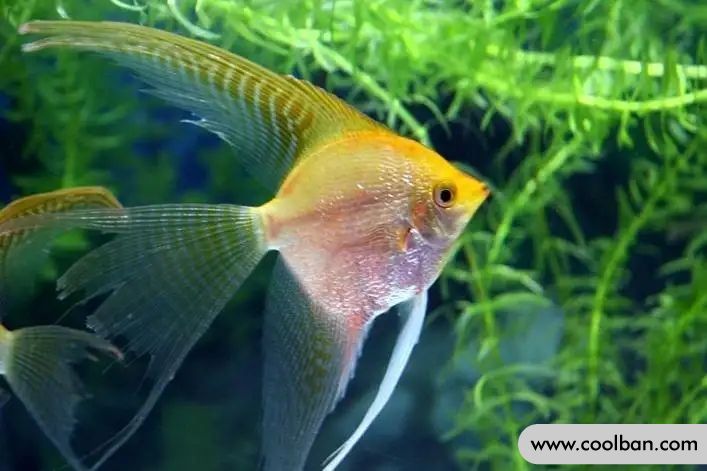How to Raise Angelfish
From the name, it can be seen that the body shape and swimming posture of the angelfish must be very beautiful. In fact, the angelfish not only looks beautiful and dignified, but also has a very docile personality, but in order to maintain the beautiful appearance of the angelfish, it is recommended to avoid mixing the angelfish with other ornamental fish.
Angelfish is 12-15 cm long and 15-20 cm high, with a small head, pointed body and a diamond shape. Angelfish have graceful bodies and graceful swimming postures. Although it does not have bright colors, its popularity among aquarium enthusiasts is unmatched by any tropical fish. It seems that no one who has raised tropical fish for many years has not raised angelfish. As far as fish is concerned, angelfish is almost synonymous with tropical fish. When it comes to tropical fish, people tend to think of this beautiful and delicate fish that swims leisurely among the aquatic plants.

Breeding environment for angelfish
Angelfish do not have strict requirements for water quality. It should be because the angelfish is beautiful and elegant, and it is not difficult to raise, so it is deeply loved by aquarium enthusiasts. The recommended water temperature for raising angelfish is 24-27℃, the total hardness (gH) is 3-6GH, and the recommended pH value is 6.5-7.0.
Because some farms that raise angelfish use water that has been treated with anionic and cationic reverse osmosis soft water (that is, water with lower mineral content and lower overall hardness in the water quality environment). Although this treated water quality is very helpful for the reproduction and hatching of angelfish, the juvenile fish grown in this water quality environment, after long-distance transportation, come to the dealer for high-density rearing, the water quality during the period is completely different, and the original delicate fish Weak juveniles are more likely to get sick and die. So don't rush to buy newly arrived fish and let a "skilled" dealer handle the drudgery of getting acclimated to the water quality and getting rid of the disease period first. After 7-10 days, those fish are very stable and can survive in the aquarium without handling trouble.

Tips for raising angelfish
When the water temperature of the angelfish is in the range of 24-28°C, the angelfish has a strong appetite and grows very fast, so if you want the angelfish to grow healthily, try to keep the angelfish in a relatively stable environment.
Angelfish baits include fish and worms, water worms, fibrous worms, mealworms, small live fish and pelleted feeds. For angelfish with a body length of 3-12 cm, the bait is mainly turtle worms, supplemented by water worms, red worms, and mealworms. For angelfish with a body length of more than 12 cm, the tortoise worm is smaller and less palatable. The bait with a slightly larger individual should be selected, mainly including red worms, water earthworms, mealworms, and small live fish.
The amount of bait for angelfish should be determined according to the size and quantity of the fish. Raising angelfish generally only needs to be fed 1-2 times a day, and the feeding amount should be eaten within 5-10 minutes. When a large number of angelfish are raised, they need to be fed 2-3 times a day; for species in the breeding period, generally 3 to 4 times a day. Due to their small size and limited food intake, it is advisable to consume 7-80% of their food each time they are full.
Most angelfish feed primarily on worms. When the bait is mainly insects, the feeding amount should be controlled within 10 to 30 minutes. When the bait is mainly water worms, the feeding amount should be controlled within 5-10 minutes, 2-3 times a day, and the fed water worms should be washed clean. When the bait is mainly small fish and small shrimp, in principle, it should be used in small quantities several times. When the angelfish is replaced with new bait, the amount of bait should be gradually increased from less, and the bait should be stopped for 1-2 days before the angelfish is transported.
